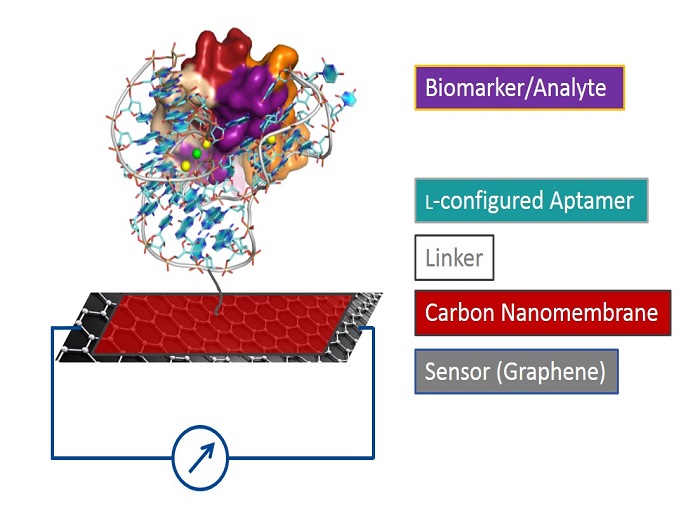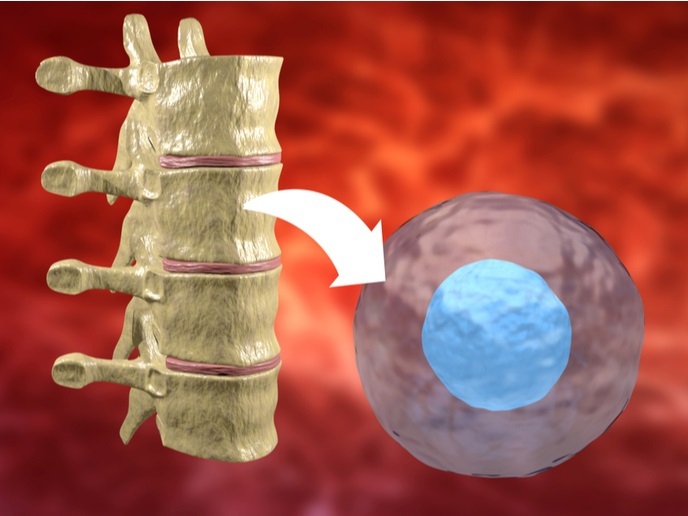Epigenetics in yeast
Cells possess a mechanism known as transcriptional memory that allows them to remember which genes they must express at any time. This ensures that they respond quickly to their environmental cues. It is now widely accepted that transcriptional memory is part of the epigenetic profile of the cell. This is passed down to its progeny through an unknown mechanism. Cell heterogeneity hampers our ability to define the heritability of epigenetics and points towards novel single-cell approaches. In this context, scientists on the EU-funded TXNMEMGAL1 (Single-cell dynamics of Gal1 transcriptional memory inheritance in Saccharomyces cerevisiae) initiative set out to observe these processes in live cells. For this purpose, they chose to study the budding yeast Saccharomyces cerevisiae and in particular the Gal1 gene, which is involved in galactose metabolism. Past research indicates that yeast cells never exposed to galactose exhibit a slower Gal1 transcriptional response than those grown in the presence of galactose. Chromatin-remodelling enzymes and histone modifiers seem to partly affect this process. Researchers wished to delineate how pre-exposed yeast cells pass on transcriptional memory to their progeny and for how many generations this memory is propagated. Using a state-of-the-art microfluidics approach, they repeatedly switched yeast cells from galactose media to glucose media. This allowed them to successfully dissect the Gal1 transcriptional memory and inheritance in single yeast cells, and identify novel factors involved in Gal1 memory. They screened over 500 strains with mutations in chromatin-related factors to comprehend how these regulators affect the reinduction of Gal1 at the transcript level, and through chromatin biochemistry. Collectively, the tools and findings of the TXNMEMGAL1 study provide unprecedented insight into the transcriptional memory and epigenetic inheritance at the single cell level. Given the conservation of the mechanisms amongst eukaryotic cells, this information should extend to human cells and will help understand integrated cellular responses to environmental changes.







